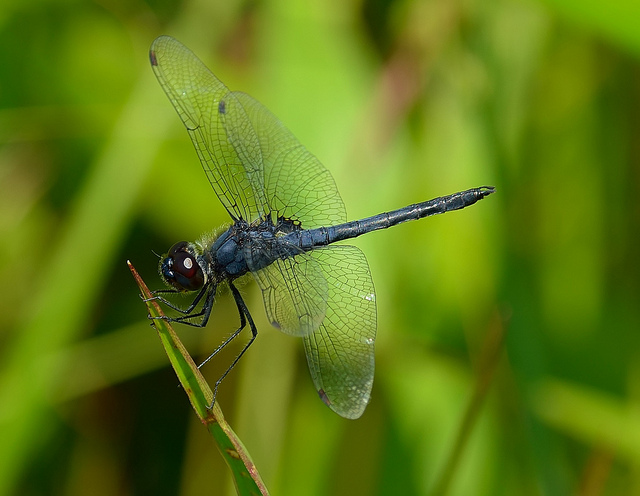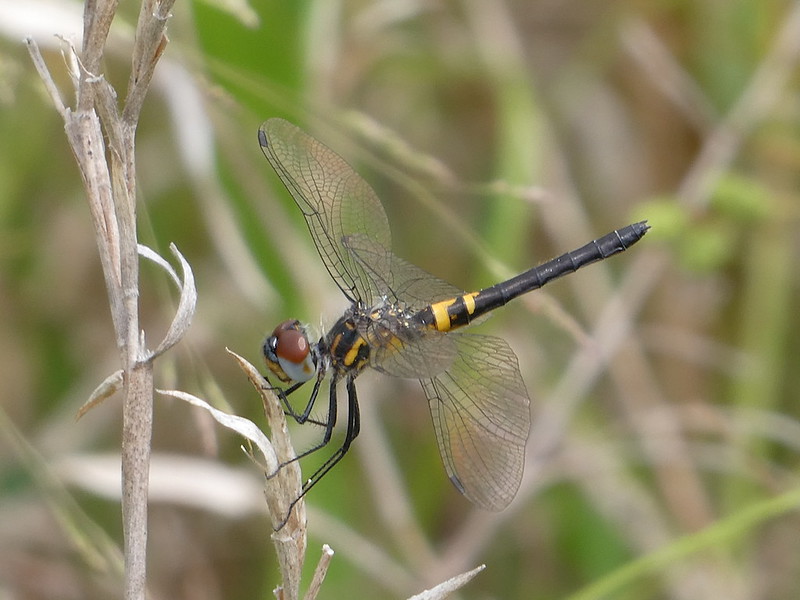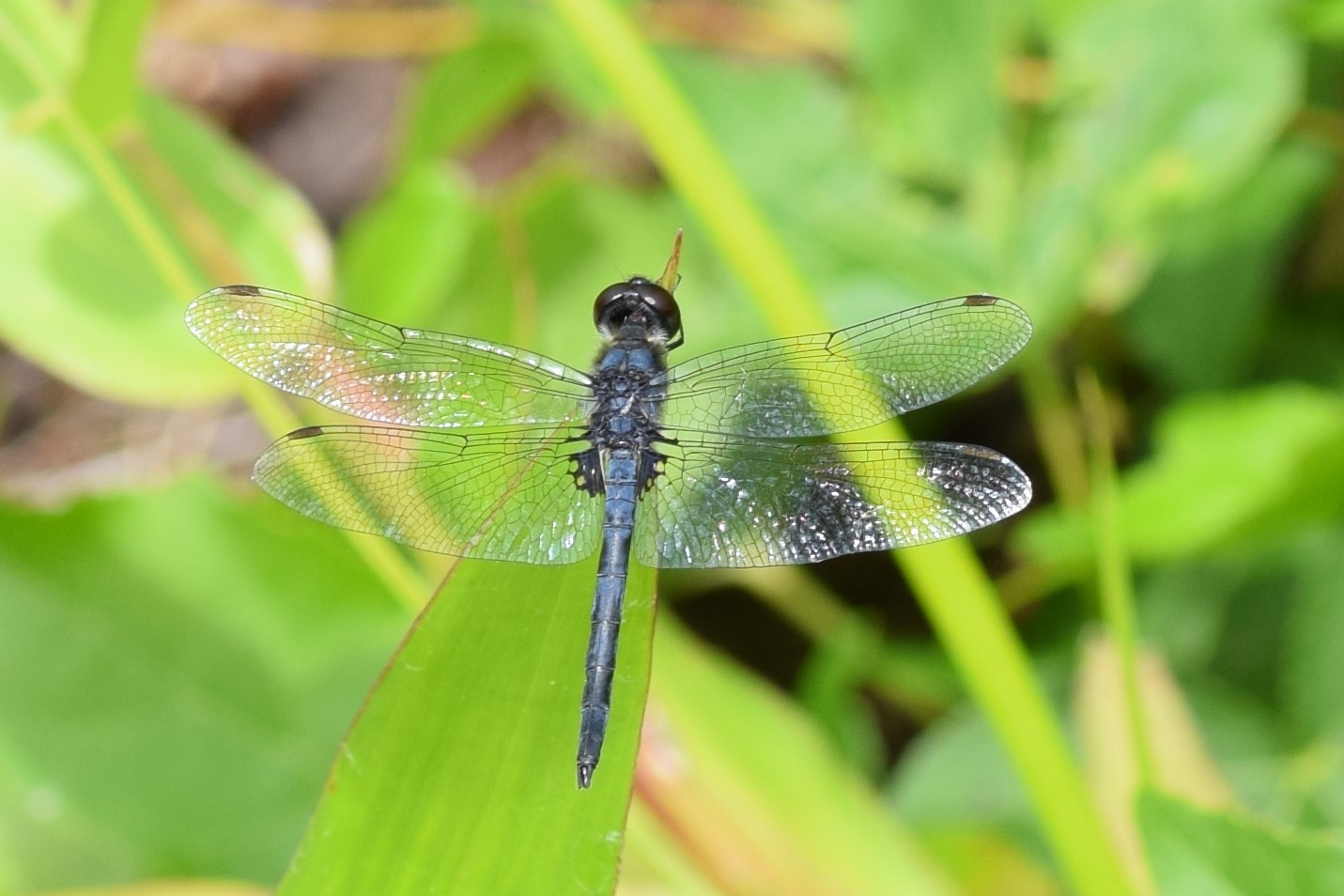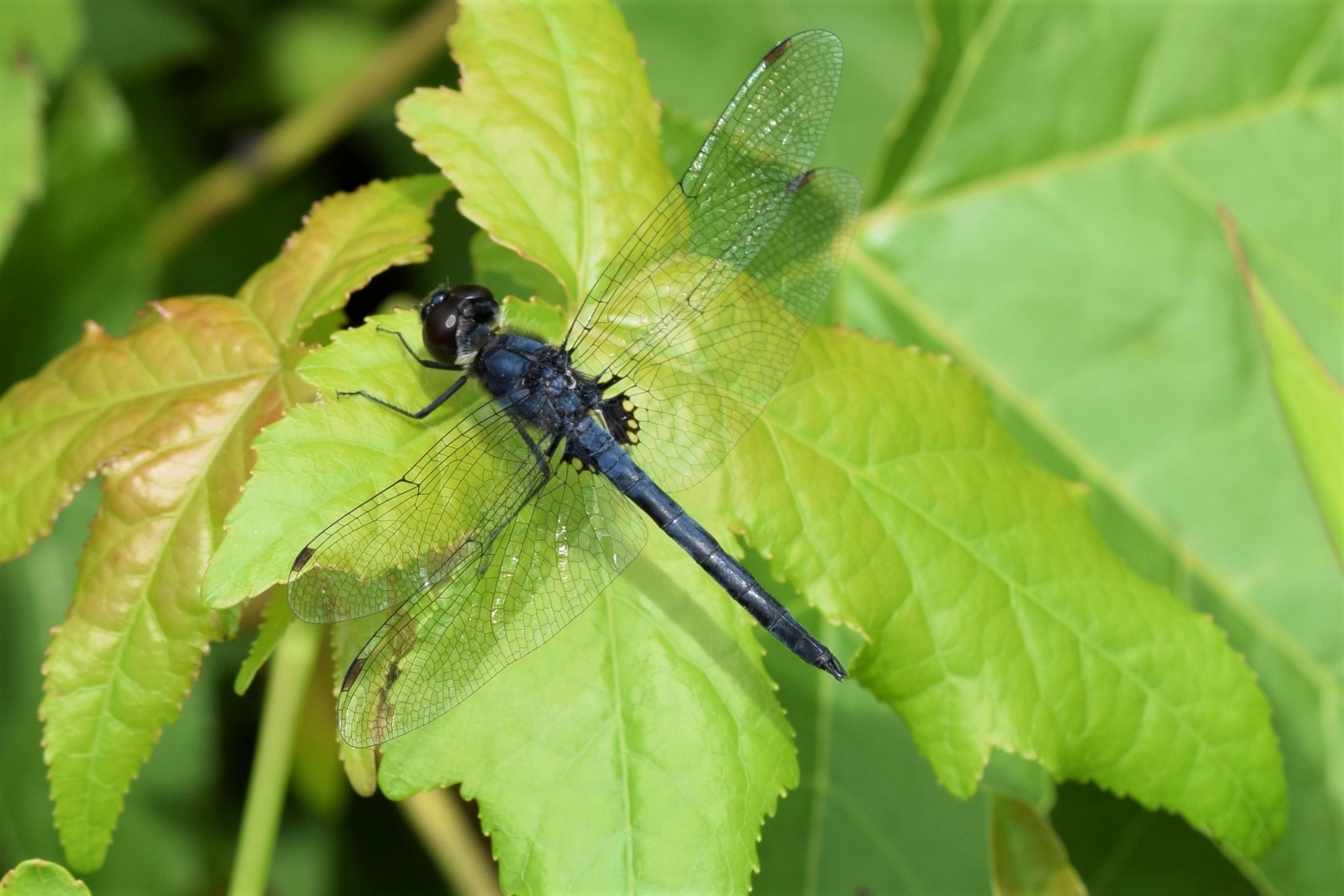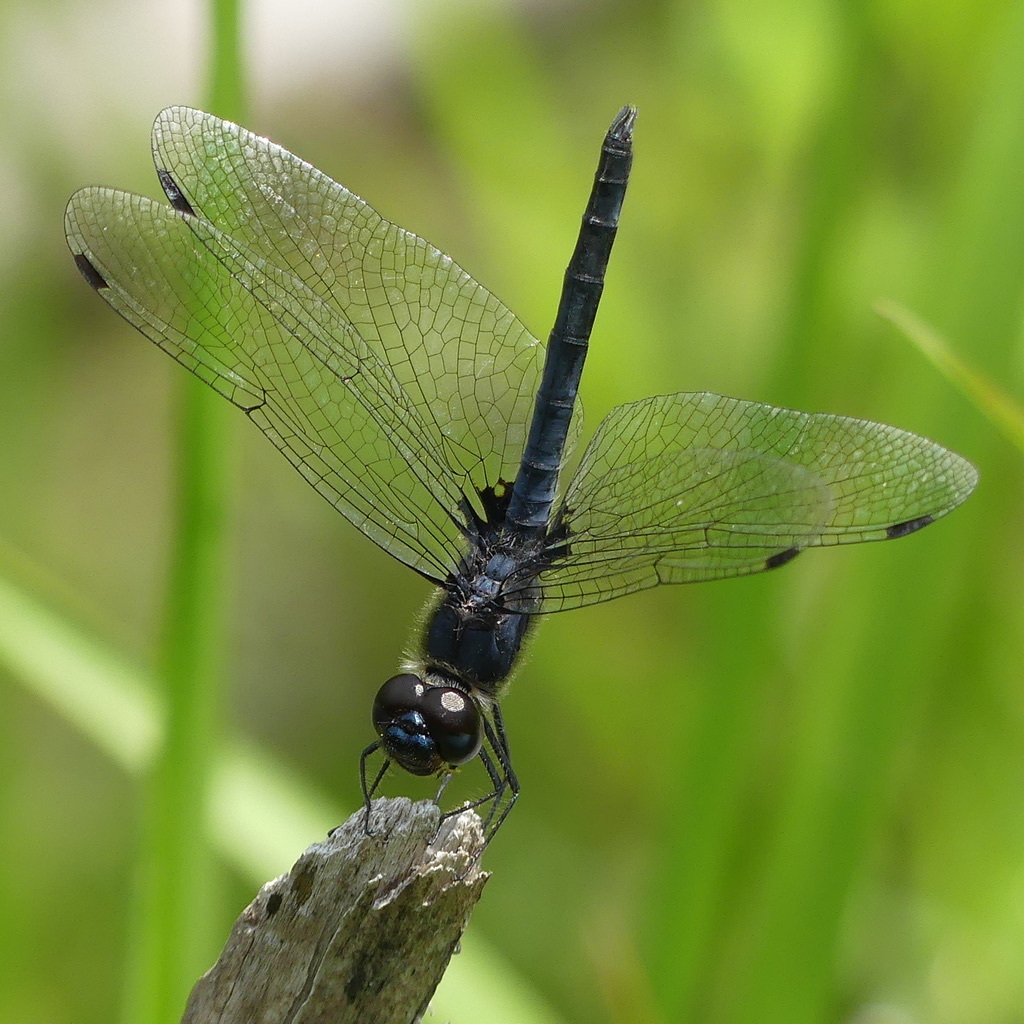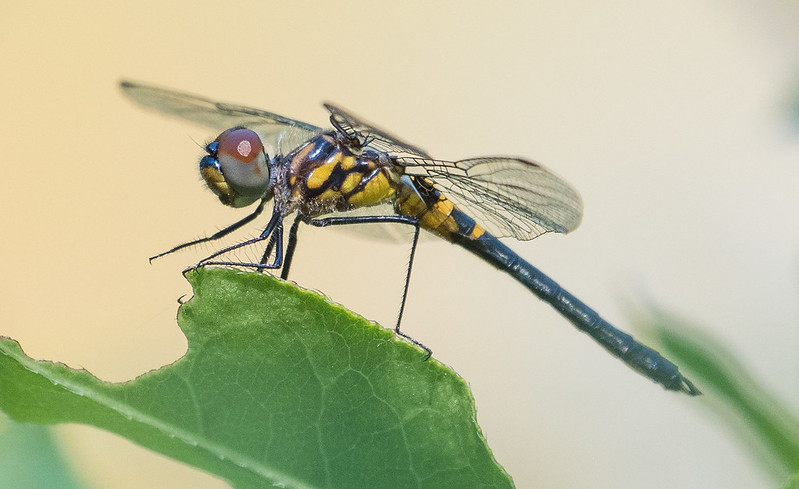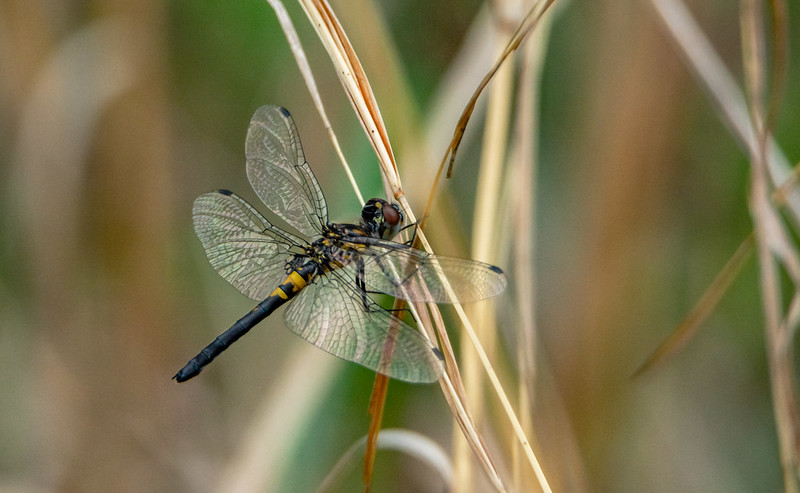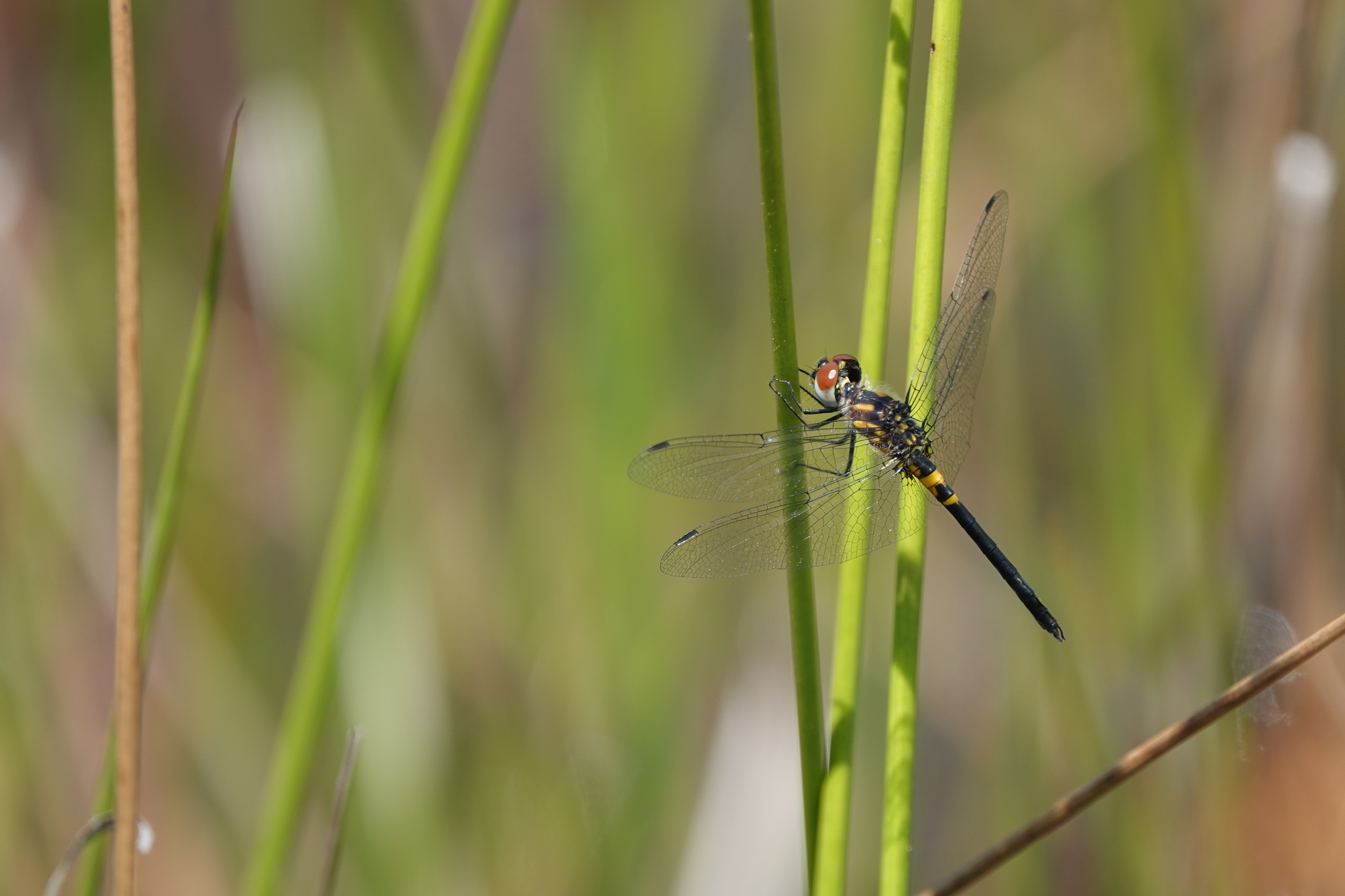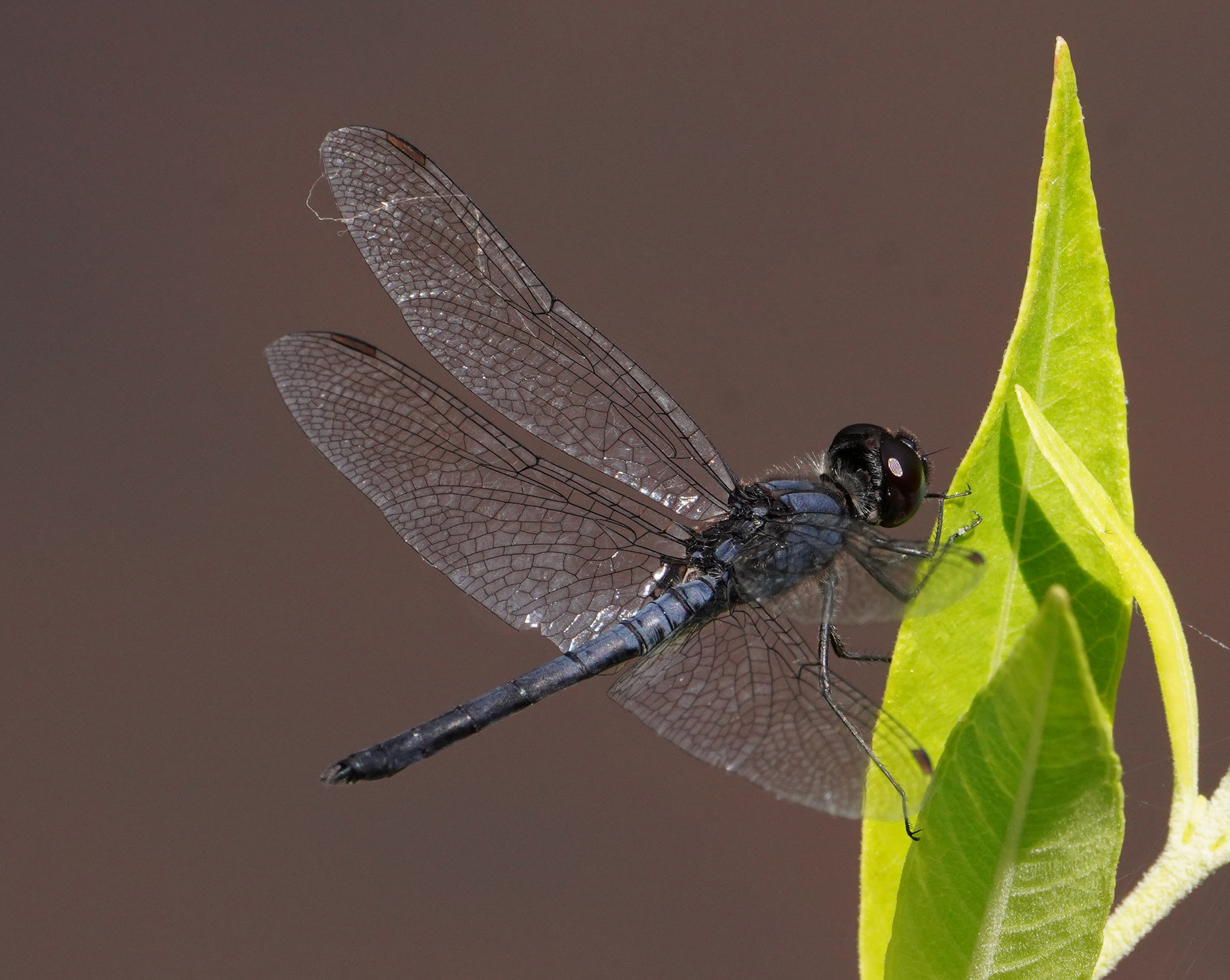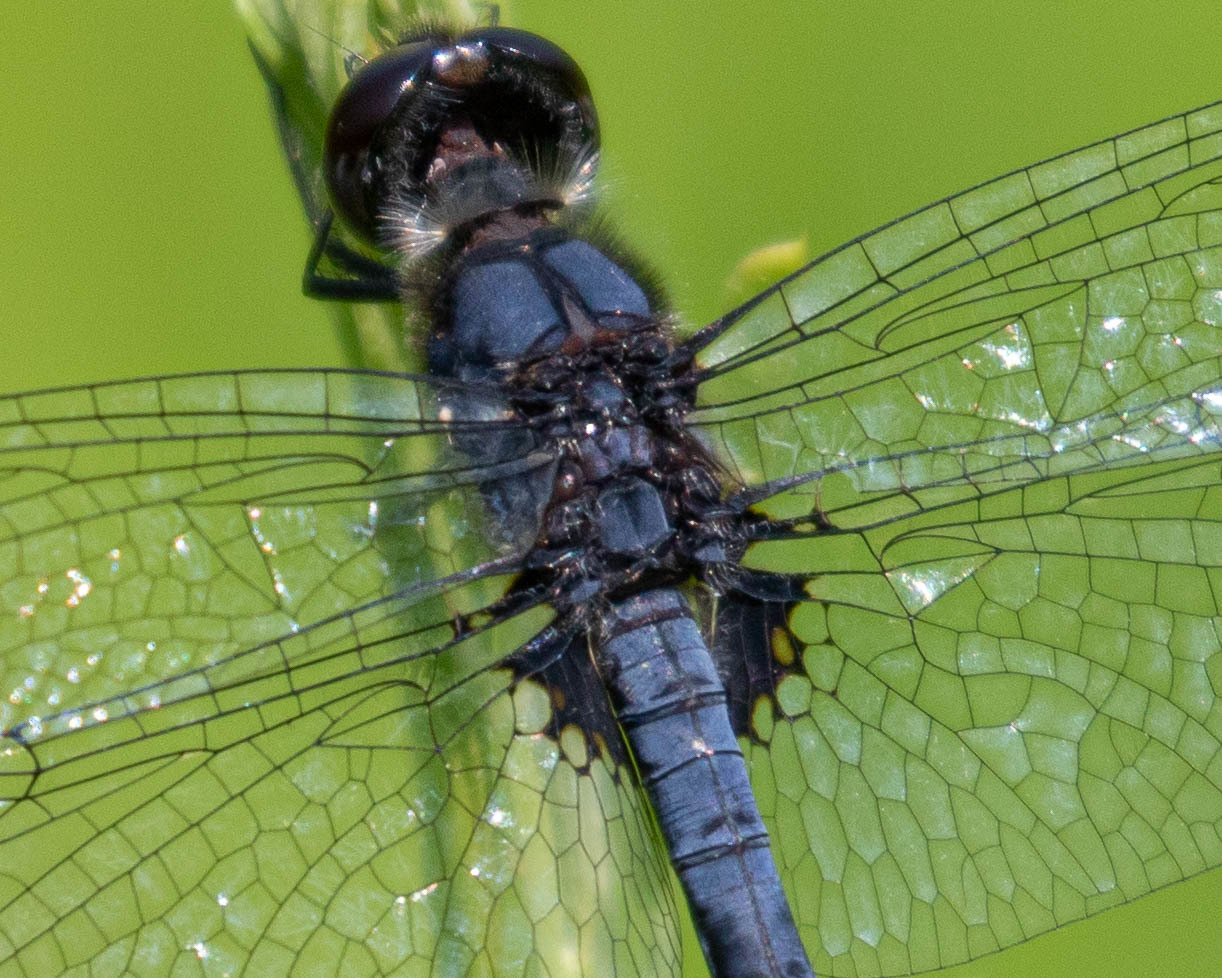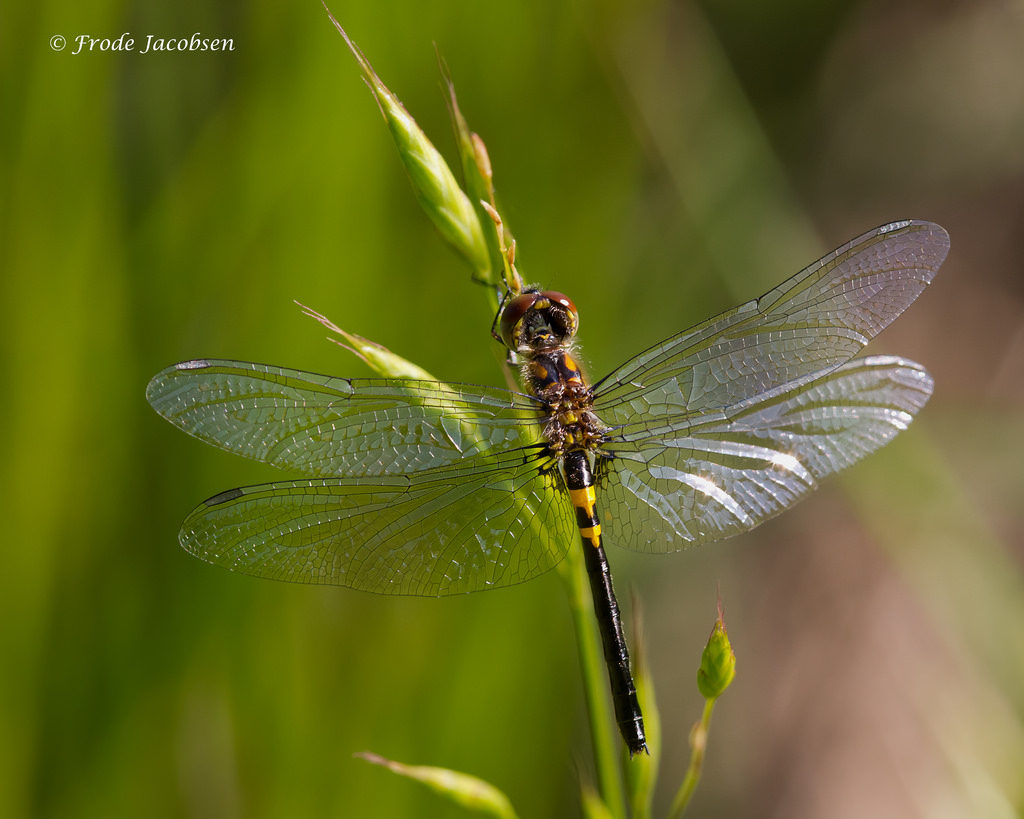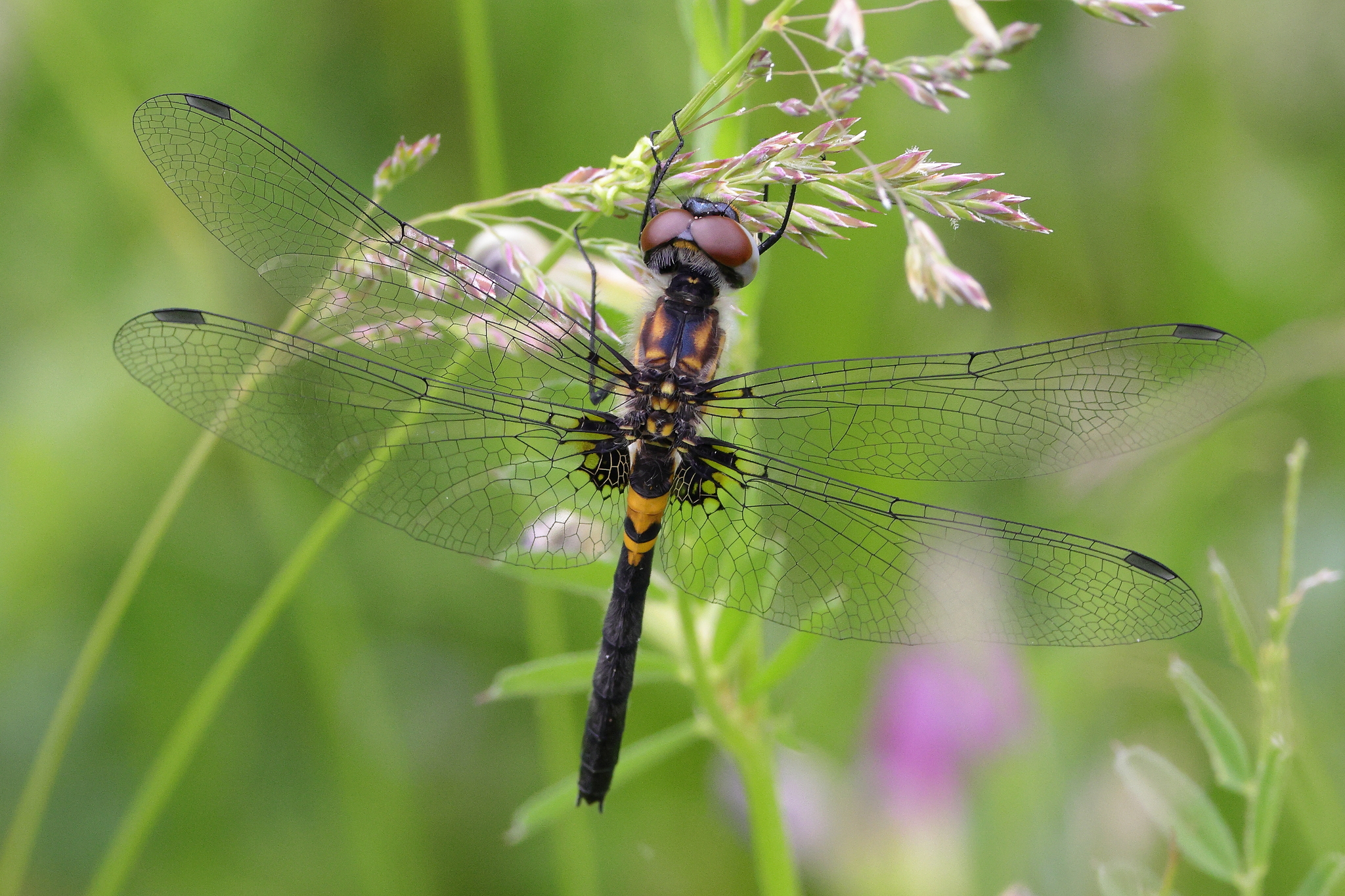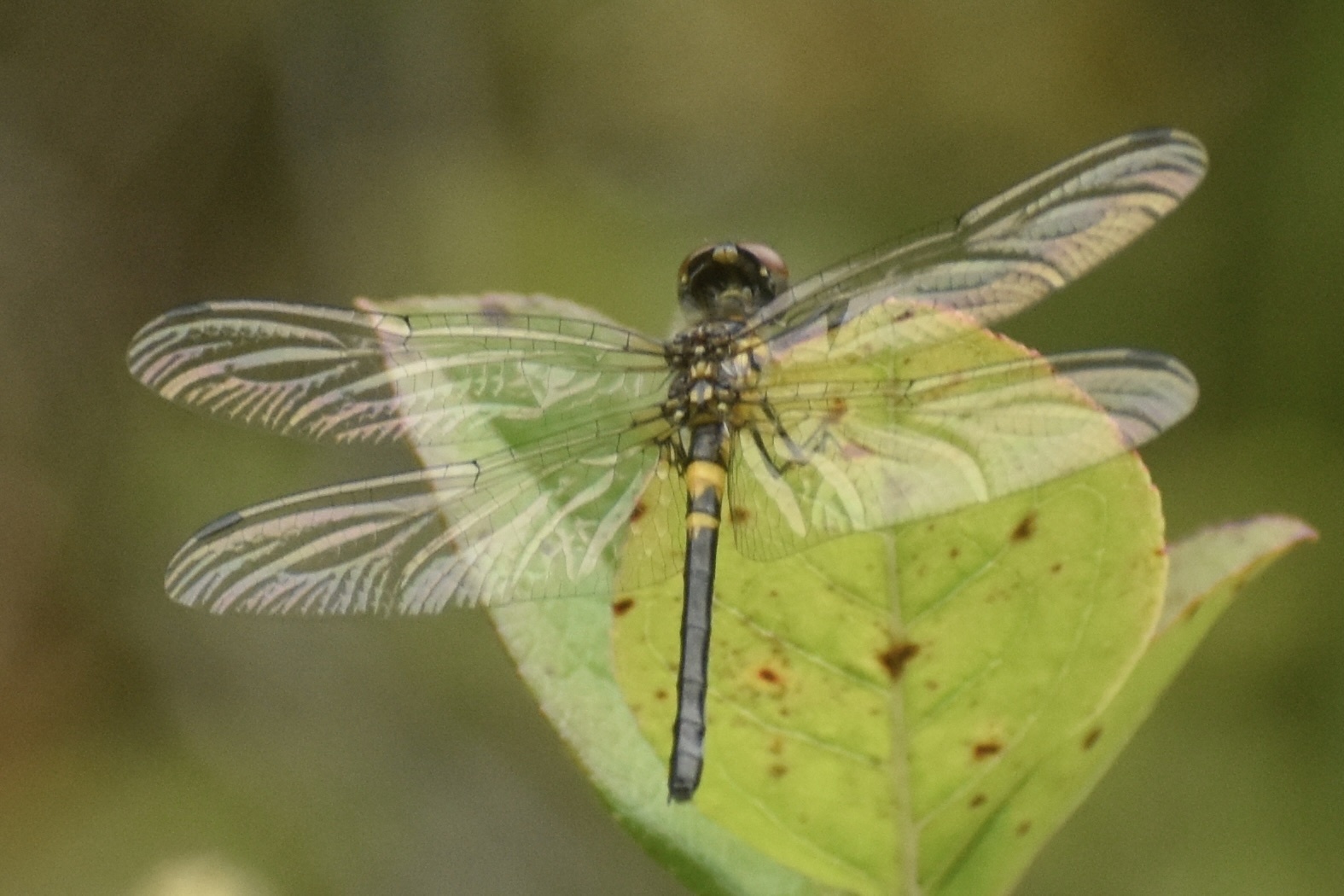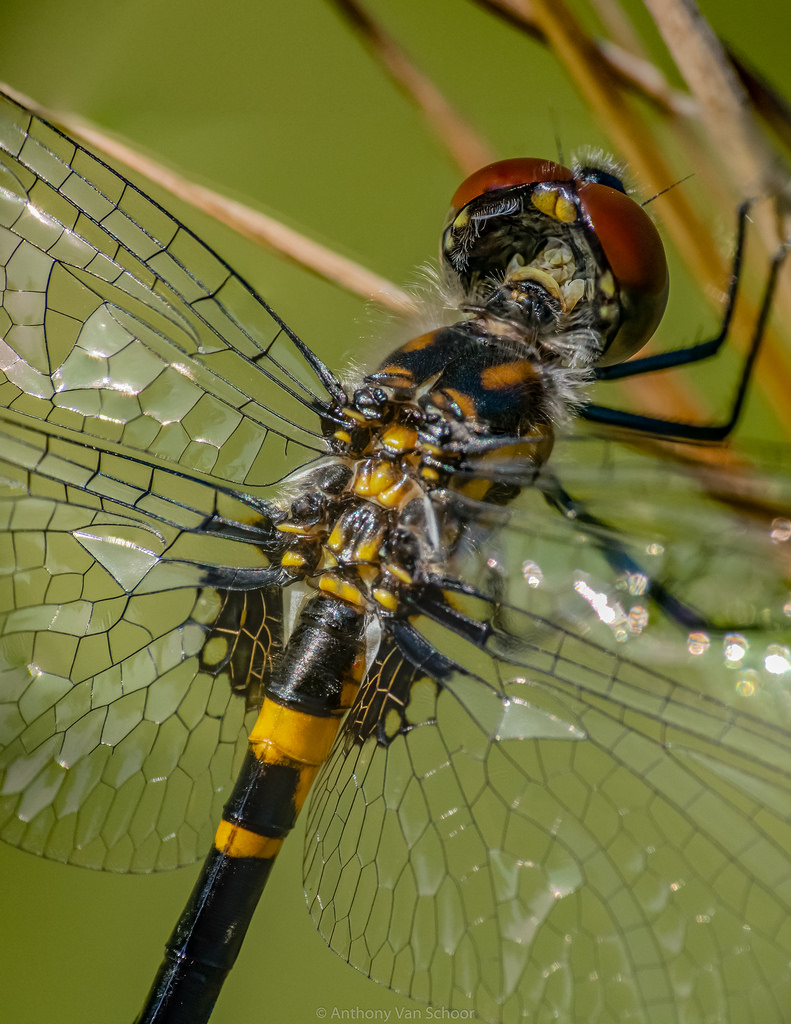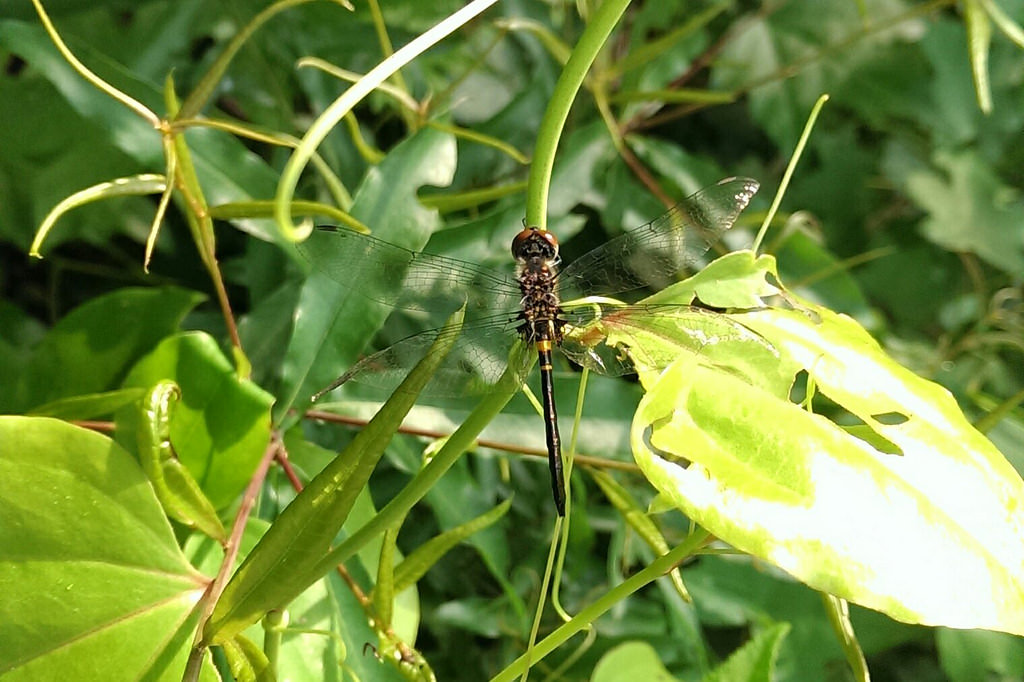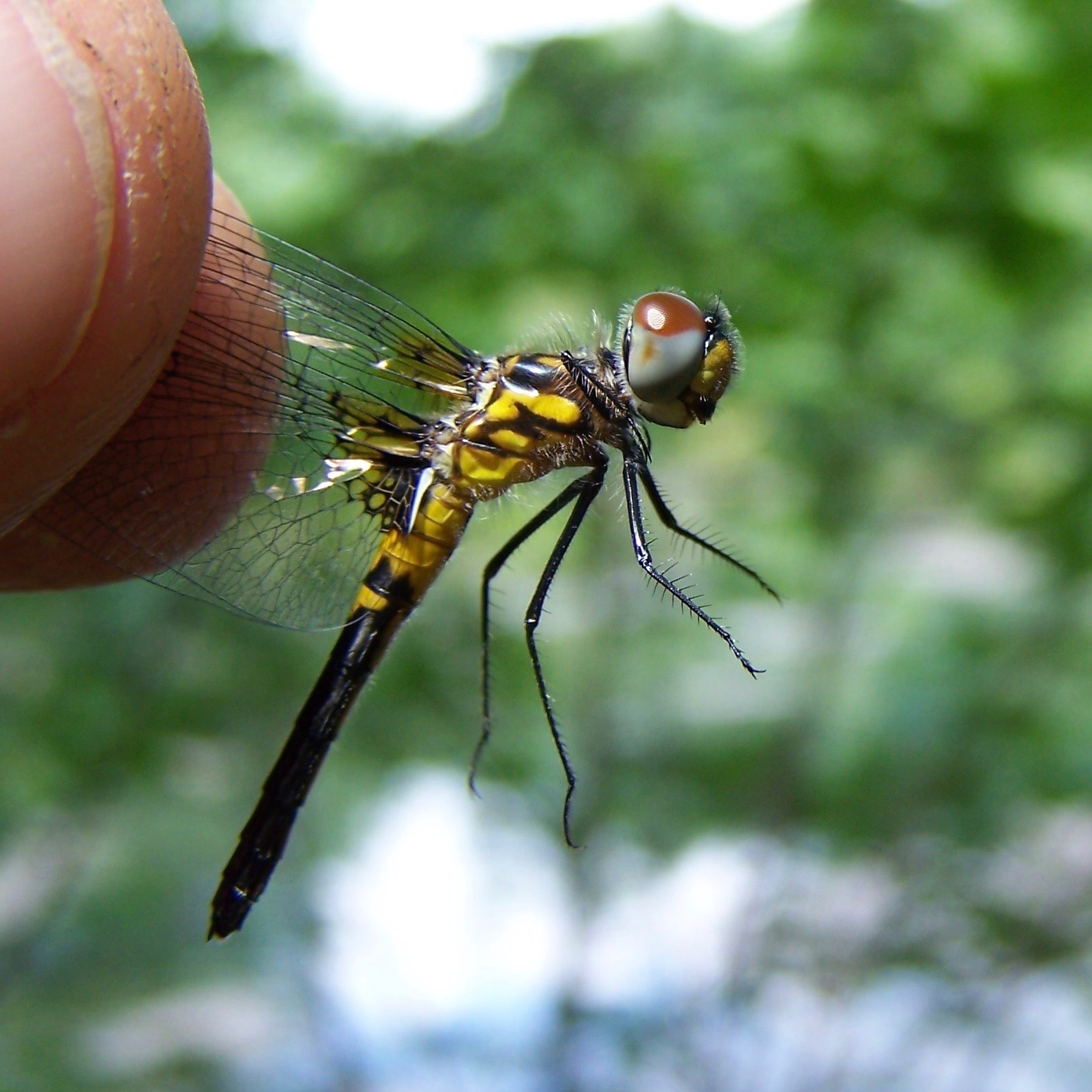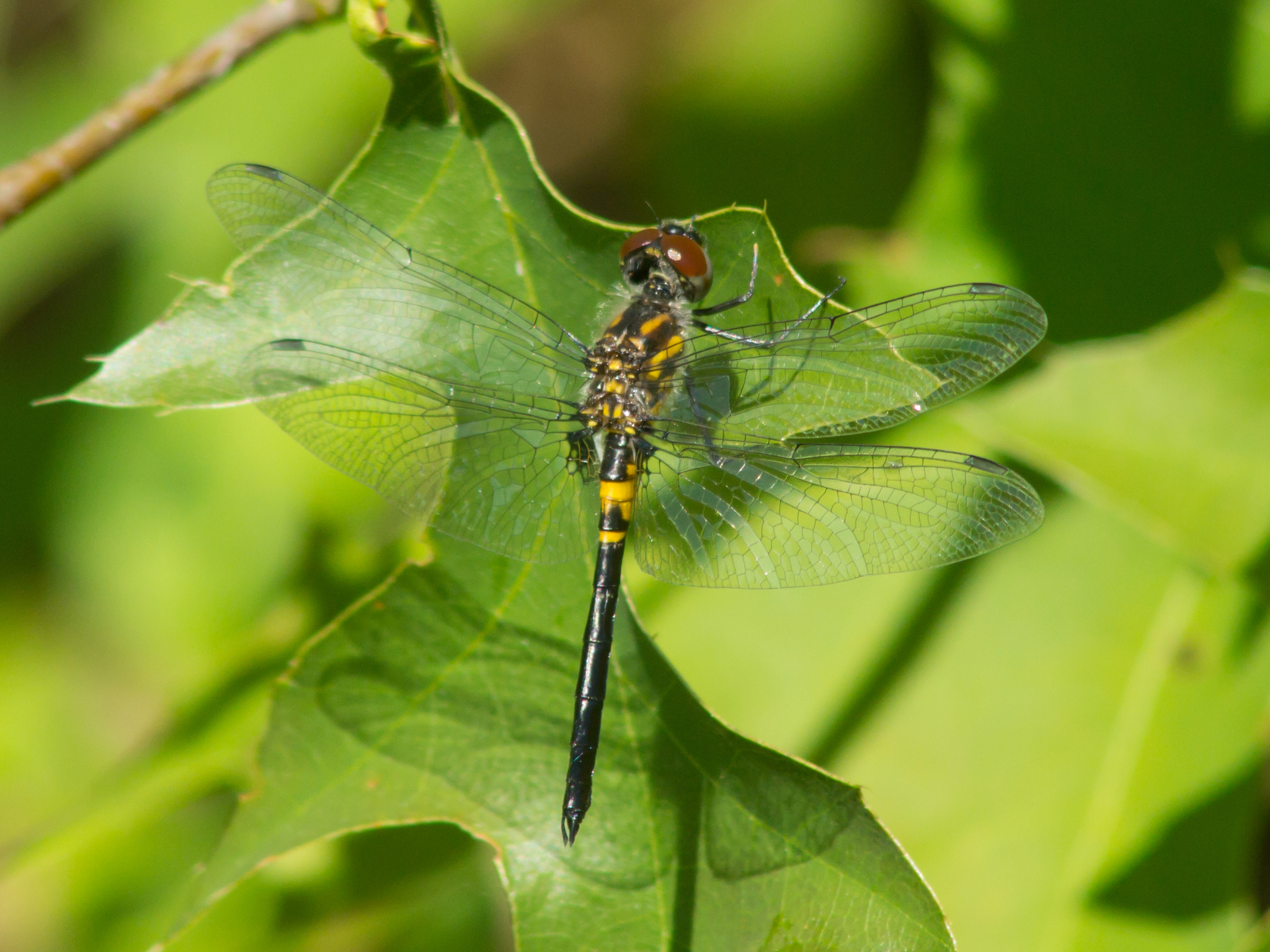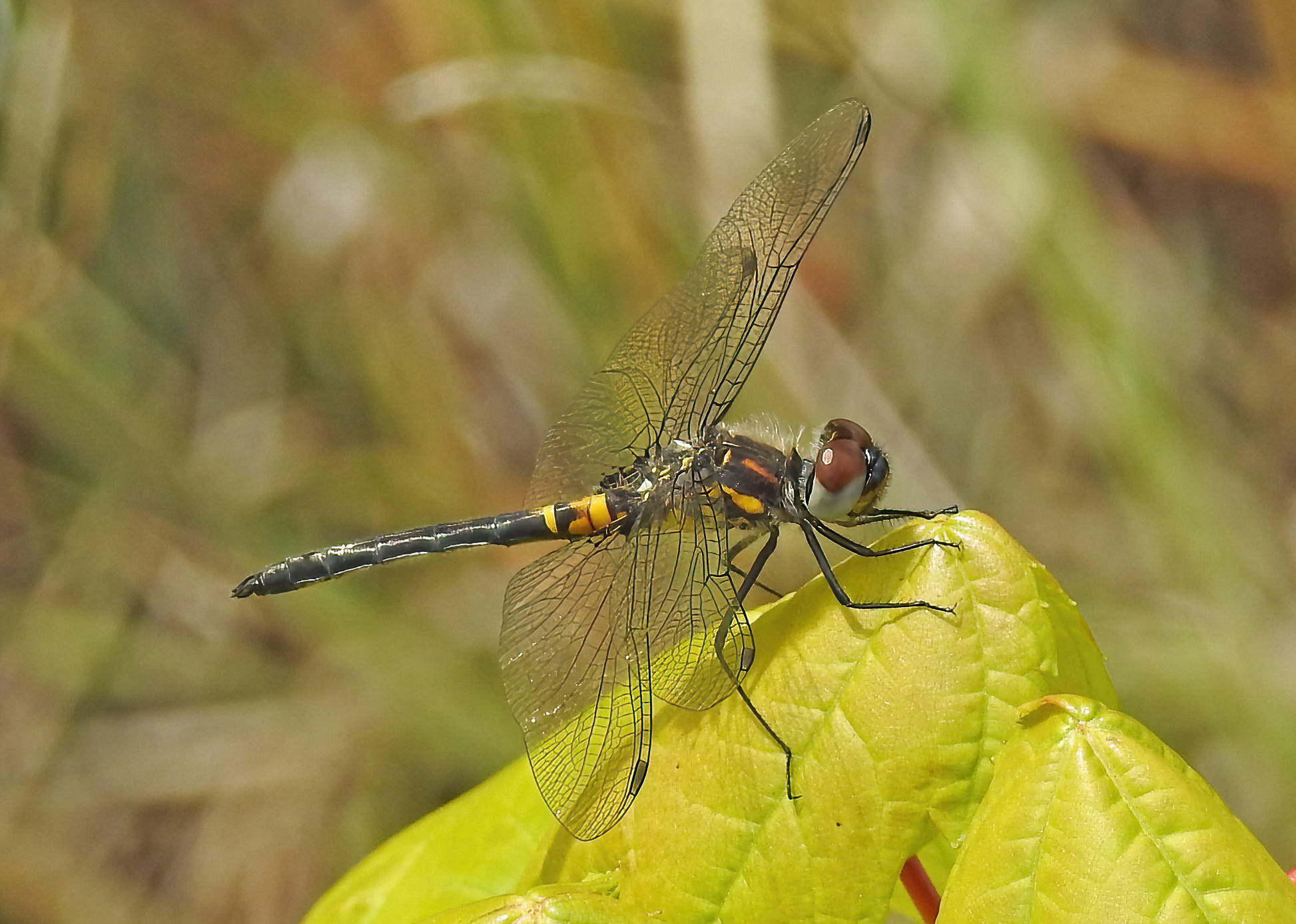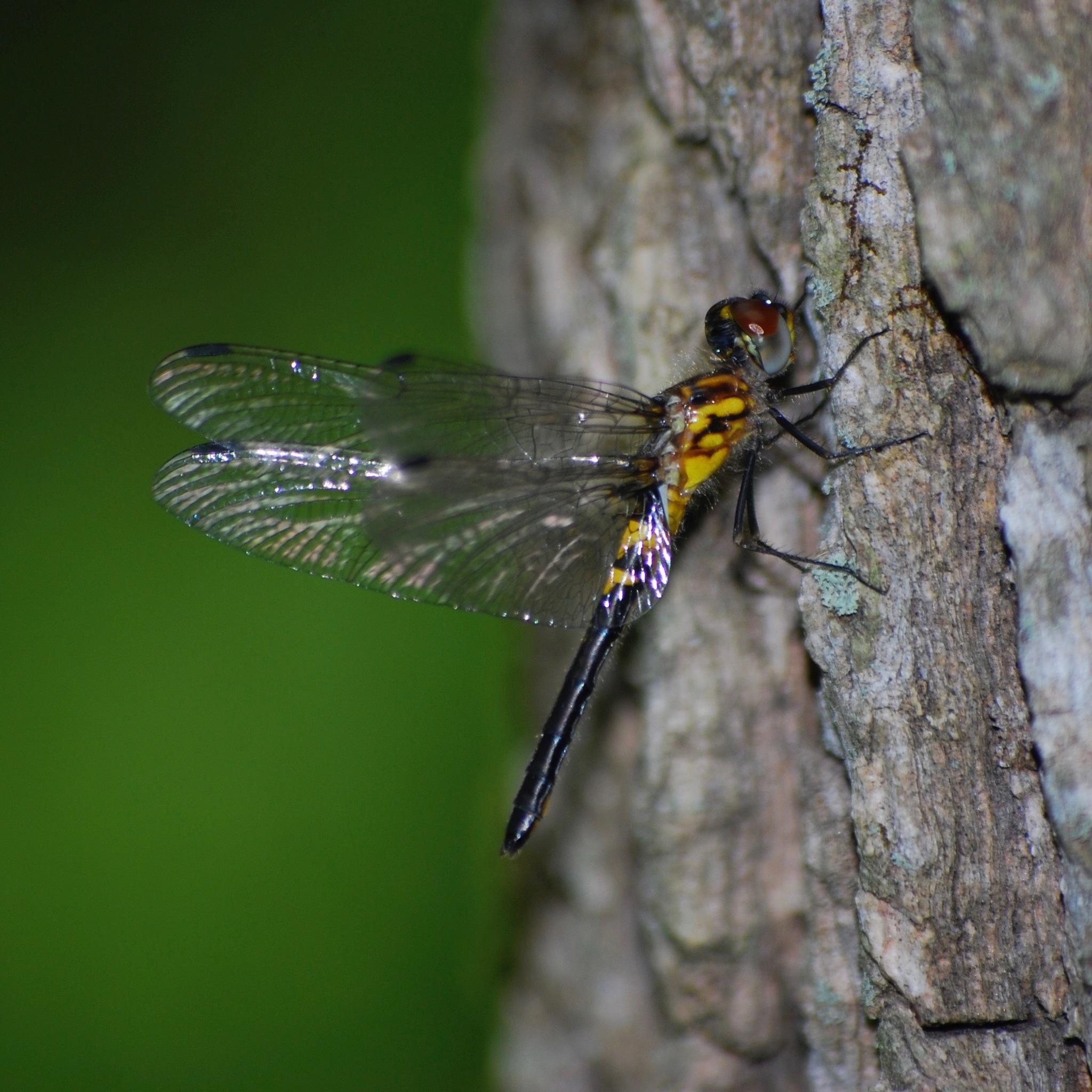Map Snapshot













92 Records
Status
Double-ringed Pennant (Celithemis verna) is a species found through much of the south. It frequents ponds with emergent vegetation (Paulson, 2011). In Maryland, Double-ringed Pennant is known from three coastal plain counties (where the species is uncommon) and one on the Piedmont (Frederick Co.), where it is rare (Richard Orr's The Dragonflies and Damselflies of Maryland and the District of Columbia). It is ranked as S2 (state rare).
Description
The dark-colored, mature males are rather similar to male Martha's Pennant (Celithemis martha), which shows large, conspicuous dark basal patches on the hind wings. Double-ringed has reduced dark markings on the wings, so the wings are essentially clear (Paulson, 2011).
Seasonality Snapshot
Source: Wikipedia
| Celithemis verna | |
|---|---|

| |
| Scientific classification | |
| Domain: | Eukaryota |
| Kingdom: | Animalia |
| Phylum: | Arthropoda |
| Class: | Insecta |
| Order: | Odonata |
| Infraorder: | Anisoptera |
| Family: | Libellulidae |
| Genus: | Celithemis |
| Species: | C. verna
|
| Binomial name | |
| Celithemis verna Pritchard, 1935
| |
Celithemis verna, the double-ringed pennant, is a species of skimmer in the family Libellulidae.[1][2][3] It is found in North America.[2]
The IUCN conservation status of Celithemis verna is "LC", least concern, with no immediate threat to the species' survival. The population is stable.[4][5]
References
[edit]- ^ "Celithemis verna Species Information". BugGuide.net. Retrieved 12 February 2018.
- ^ a b "Celithemis verna Report". Integrated Taxonomic Information System. Retrieved 12 February 2018.
- ^ "Celithemis verna Overview". Encyclopedia of Life. Retrieved 12 February 2018.
- ^ "List of Endangered Species". IUCN Red List. Retrieved 12 February 2018.
- ^ "Odonata Central". Retrieved 12 February 2018.
Further reading
[edit]- Arnett, Ross H. (30 July 2000). American Insects: A Handbook of the Insects of America North of Mexico. CRC Press. ISBN 978-0-8493-0212-1.
- Ball-Damerow, J.E.; Oboyski, P.T.; Resh, V.H. (2015). "California dragonfly and damselfly (Odonata) database: temporal and spatial distribution of species records collected over the past century". ZooKeys (482): 67–89. doi:10.3897/zookeys.482.8453. PMC 4337221. PMID 25709531.
